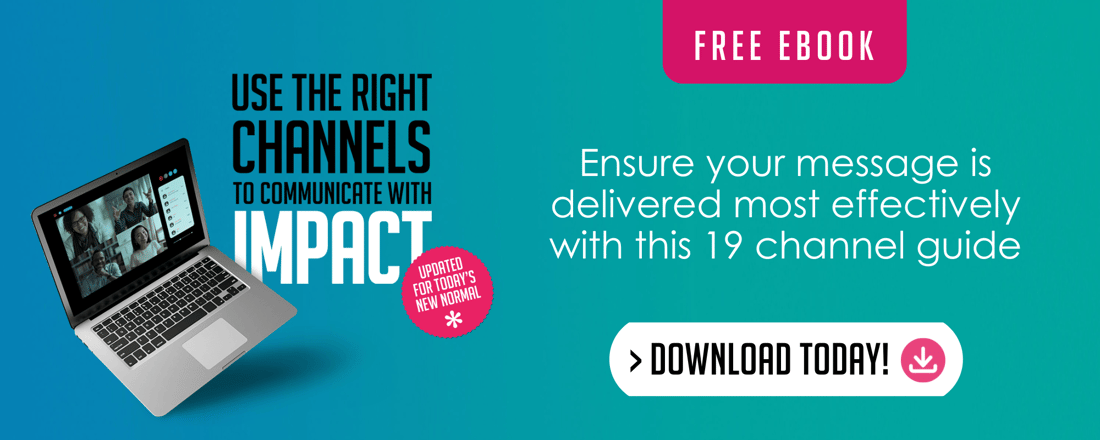Show You Care: 4 Must-Have Strategies to Build Feedback Channels in Your Organization

Employees who are highly engaged in their work perform better than their less-committed counterparts and boost the organization’s bottom line. Not surprisingly, building employee engagement involves two-way communication – both to and from employees.
Leadercommunicators – those leaders who understand the importance of communication, and how you can’t lead without communicating well – engage employees with various communication vehicles that help them connect the dots between individual efforts and organizational goals. But just as important as any leadership message is having systems in place to gather employee input and demonstrate its importance to the organization.
By establishing channels to encourage and funnel feedback from employees to leaders, you create a critical structure to support employee engagement. Here are some steps to build it.
4 steps to build employee feedback channels in your organization:
- Understand your audience and what’s important to them
The top priority for building engagement is to give employees the information they need to succeed in their jobs and ensure they know where to find additional resources. The type of organization, job, and level of employee will dictate the most effective channel to meet your needs. Your efforts will be most effective if you first ask yourself, “What is the most important thing these employees want to know, what is the best way to encourage dialogue, and how would they be most comfortable sharing input?” - Choose or create channels
Once you consider the audience and work environment, look at the best ways to engage employees to share their ideas and insights. You may use existing channels or create new ones. Keep in mind, feedback channels can be informal – such as leaders having in-the-moment conversations or supervisors asking for input – or they can be more formal mechanisms that invite ideas and questions in print or via technology. When determining which channels work best, keep in mind employees’ time commitment, availability, and access to technology. Be sure they can use feedback mechanisms both during and after work hours. - Gather/encourage feedback
Once you are ready to implement and promote feedback channels throughout the organization, recognize that what you do with their input speaks volumes to employees. When leaders respond quickly to ideas and questions, employees get the message their input is valued, and they become more committed and engaged. To ensure feedback gets the respect it deserves, assign someone to respond personally and promptly to all employee concerns and ideas. - Act on feedback
Highly engaged employees are enthused about their organization and believe they can positively influence its success. Acting on employee feedback and highlighting the impact employees make is a strong engagement builder. Be sure that all employees know how their colleagues’ suggestions or ideas are being implemented. Regularly sharing results and requesting additional feedback creates predictable, consistent two-way communication that encourages employees to take ownership and understand their ideas are valued by the organization.
What feedback channels do you have in place, and what systems can you add, to encourage and support employee engagement?
—David Grossman
Get tips and best practices of 21 different communication vehicles to help you choose the perfect channel to most effectively communicate (including those that are best for feedback) with employees. Click below to download your free copy of the eBook—Use the Right Channels to Communicate with Impact: 21 Channel Guide—today.


Comments on this post